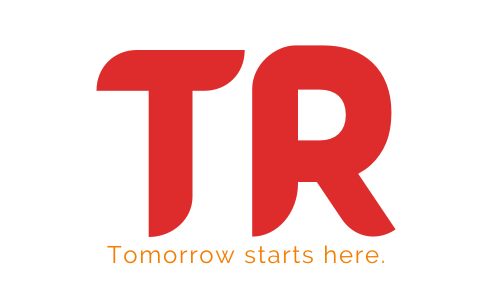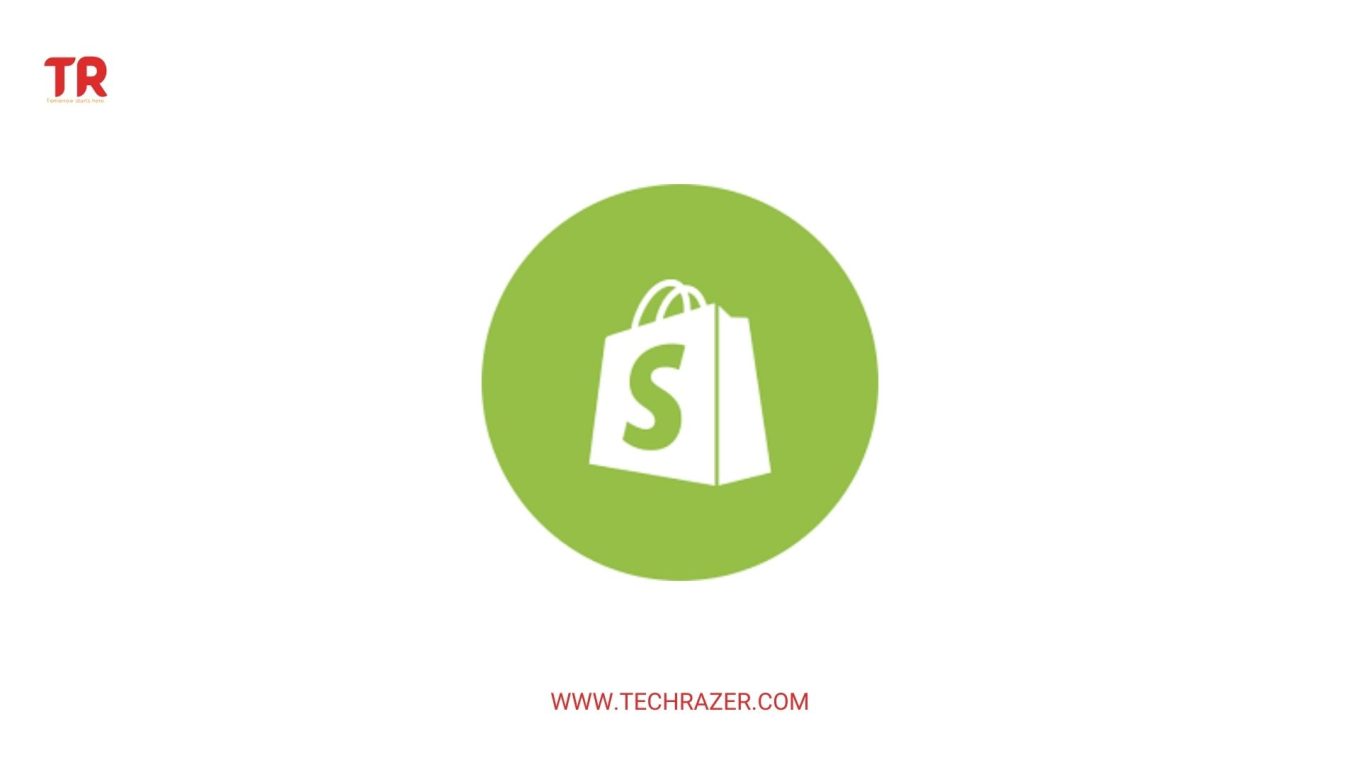What Is Shopify?
Table of Contents
- Introduction
- Benefits of Using Shopify
- How to Get Started with Shopify?
- Features of Shopify
- Conclusion
Introduction
Shopify is an e-commerce platform that enables entrepreneurs and small businesses to create unique and engaging online stores. It provides everything you need to set up and manage an online store, including tools to help design, organize, and manage the store. With Shopify, you have the ability to create a professional, fully functional website that looks and works great on any device. Shopify also offers an easy–to–use interface for managing orders, customers, and inventory, as well as a wide range of marketing and SEO (search engine optimization) tools. Shopify makes it easy to get started selling online, and its powerful features and customization options make it a great choice for any online business.
Benefits of Using Shopify
Shopify is a great platform for a blog because it offers a number of features and resources to help make blogging easier and more efficient. Here are some of the main benefits of using Shopify for a blog:
- Easy to Use: Shopify is incredibly user-friendly and very intuitive, making it easy to set up and manage a blog.
- Customization: Shopify’s themes and templates offer a variety of options to customize the look and feel of your blog.
- Security: Shopify offers secure hosting, which means that your blog is protected from malicious attacks.
- SEO Friendly: Shopify is designed to help maximize your blog’s visibility in search engine results.
- Analytics: Shopify provides in-depth analytics to help you track and measure the performance of your blog.
- Integrations: Shopify offers a wide range of integrations with other popular services, such as Mailchimp and Google Analytics.
- Support: Shopify has a dedicated support team available to help you with any issues or questions you may have.
How to Get Started with Shopify?
- Create a Shopify store: Visit shopify.com and create an account. You’ll be asked to enter some basic information about yourself and your business.
- Select a theme: Next, you’ll be asked to select a theme for your store. Shopify offers a variety of themes to choose from, so take some time to look through the options and find one that best suits your blog.
- Add your content: Once your theme is selected, you’ll be able to begin adding content to your store. This includes products, descriptions, images, and more.
- Customize your store: Shopify provides a variety of tools to help you customize your store. This includes adding custom logos, changing the color scheme, and more.
- Install apps: Shopify offers a variety of apps that can be used to enhance your store. This includes apps for marketing, shipping, and more.
- Set up payment options: Before you can start selling products, you’ll need to set up a payment gateway. Shopify offers a variety of payment options, including PayPal, Stripe, and Apple Pay.
- Test and launch: Once you have everything set up, it’s time to test your store and make sure everything is working properly. Once everything is ready to go, you can launch your store and start selling products!
Features of Shopify
- Easy Setup: Shopify offers an intuitive setup process that makes it easy to get started with creating an online shop. You can quickly customize the look and feel of your store with a few clicks, and the platform comes with a wide selection of professional themes to choose from.
- User Friendly Interface: Shopify has a straightforward and intuitive interface, making it easy to navigate and manage your store. You can access a variety of features and settings without any technical know-how, allowing you to quickly and efficiently customize your store.
- Secure Payments and Fraud Protection: Shopify provides a secure checkout process with built-in fraud protection. You can accept payments from all major credit cards, as well as PayPal, Apple Pay, and other payment methods.
- Inventory Management: Shopify offers powerful inventory management features, allowing you to easily track and manage your products. You can set up inventory tracking for each product, and even set up automatic order fulfillment for when an item is sold.
- SEO Optimization: Shopify provides SEO-friendly features that make it easy to optimize your store for search engines. You can easily set up page titles, meta descriptions, and image alt tags to help boost your store’s visibility.
- Blogging Functionality: Shopify’s blogging functionality makes it easy to create and publish content on your store. You can use the platform to write and publish blog posts, add images, and even embed videos into your posts.
Conclusion
In conclusion, Shopify is an excellent choice for anyone looking to launch their own online store. With its intuitive drag-and-drop interface, powerful features, and integrations with major payment providers, Shopify makes it easy to set up and manage an online store. With a wide range of templates, themes, and apps to choose from, Shopify also provides an easy and affordable way to establish a professional online presence. Whether you’re just starting out or already well-established in the ecommerce world, Shopify is a great choice for creating a successful online store.

